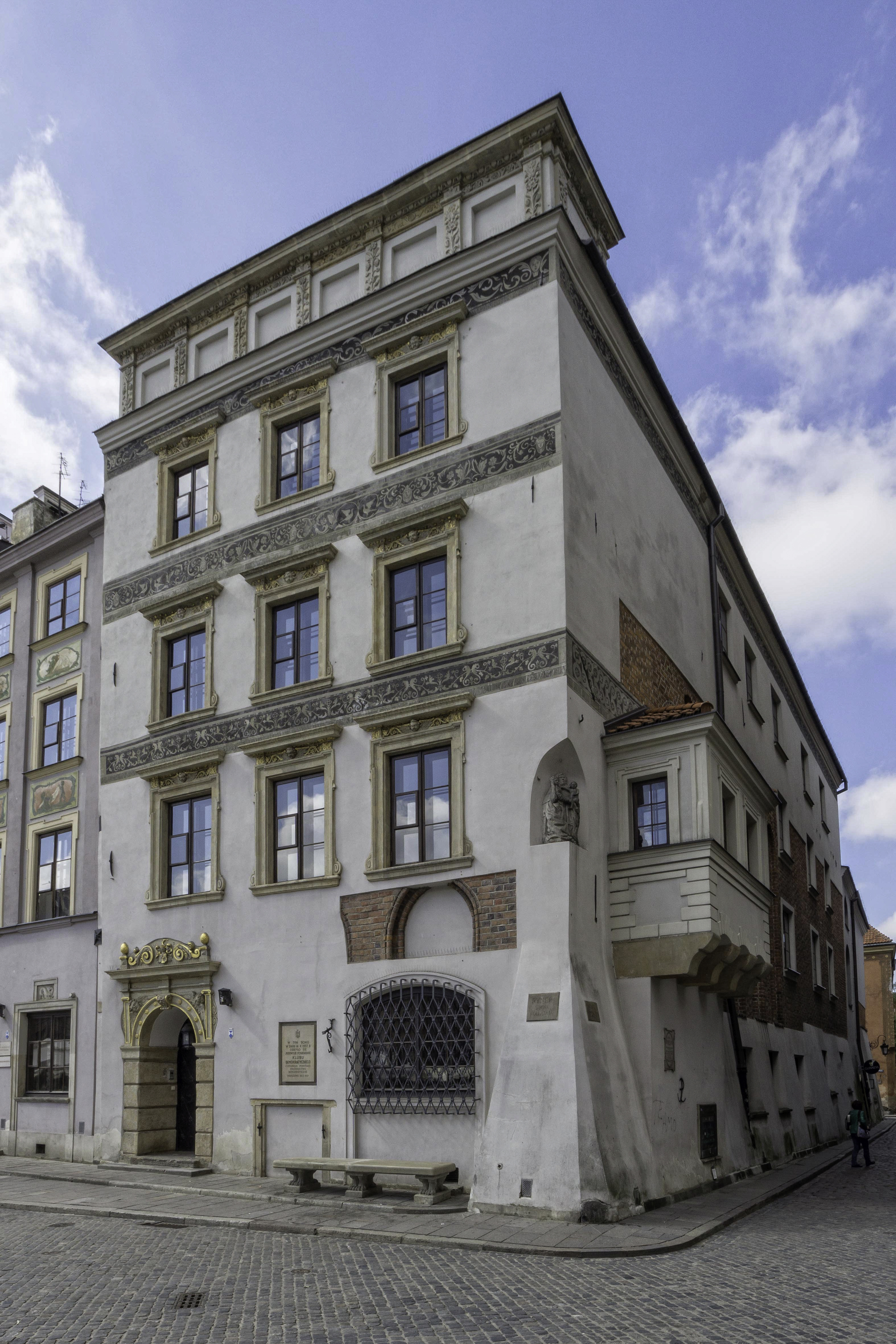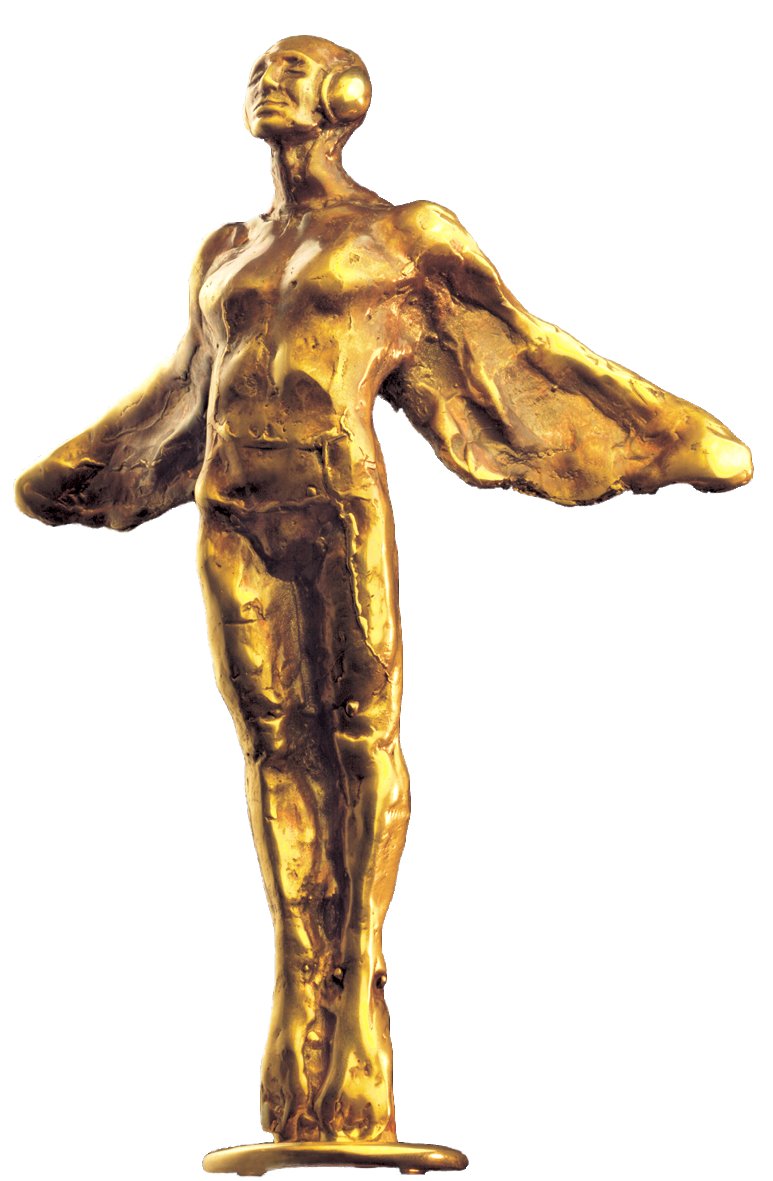|
Powstanie Warszawskie (album)
''Powstanie Warszawskie'' (Polish for "Warsaw Uprising") is a second studio album released in March 2005 by Polish band Lao Che. It consists of 10 songs illustrating the course of 1944 uprising in Warsaw, Poland. The album received many prestigious nominations and awards: * No. 1 Event in 2005's Polish music by ''Gazeta Wyborcza'' * The best album of 2005 by listeners of Polskie Radio— Program III * One of the five best albums in 2005 by ''Przekrój'' * Nominee in The Best Alternative Album category of Fryderyki 2005. Track listing Titles in brackets are translated from Polish. # "1939 / Przed Burzą" (''1939 / Before the Storm'') # "Godzina W" ('' W-Hour'') # "Barykada" (''Barricade'') # "Zrzuty" (''Airdrops'') # "Stare Miasto" (''Old Town'') # "Przebicie do Śródmieścia" (''Breakout to the City Center'') # "Czerniaków" # "Hitlerowcy" ('' Hitlerites'') # "Kanały" ('' Sewers'') # "Koniec" (''The End'') References External links *''Powstanie Warszawskie'' at the offici ... [...More Info...] [...Related Items...] OR: [Wikipedia] [Google] [Baidu] |
Album
An album is a collection of audio recordings issued on compact disc (CD), Phonograph record, vinyl, audio tape, or another medium such as Digital distribution#Music, digital distribution. Albums of recorded sound were developed in the early 20th century as individual Phonograph record#78 rpm disc developments, 78 rpm records collected in a bound book resembling a photograph album; this format evolved after 1948 into single vinyl LP record, long-playing (LP) records played at revolutions per minute, rpm. The album was the dominant form of recorded music expression and consumption from the mid-1960s to the early 21st century, a period known as the album era. Vinyl LPs are still issued, though album sales in the 21st-century have mostly focused on CD and MP3 formats. The 8-track tape was the first tape format widely used alongside vinyl from 1965 until being phased out by 1983 and was gradually supplanted by the cassette tape during the 1970s and early 1980s; the populari ... [...More Info...] [...Related Items...] OR: [Wikipedia] [Google] [Baidu] |
Przekrój
''Przekrój'' (; ''Cross-section'') was the oldest Polish weekly newsmagazine in operation, established in 1945 in Kraków. After temporary closure in 2013, it was bought by photographer Tomasz Niewiadomski and subsequently relaunched in December 2016 as a quarterly magazine. Przekrój's matchless literary style and lively visual charm were created due to the collaboration with the avant-garde of Polish intellectuals, writers, poets, artists and cartoonists. Przekrój was the birthplace of writers such as Wisława Szymborska, Stanisław Lem and Czesław Miłosz. History ''Przekrój'' was created by the writer and graphic artist Marian Eile-Kwaśniewski (1910–1984) from Warsaw who, until 1969, was also the first and only editor-in-chief of the magazine. The magazine focused on current social, political and cultural events, both Polish and international. In the 1970s ''Przekrój'' reached a record circulation, with 700,000 copies per issue, by far the most popular magazine in the ... [...More Info...] [...Related Items...] OR: [Wikipedia] [Google] [Baidu] |
2005 Albums
The following is a list of albums, EPs, and mixtapes released in 2005. These albums are (1) original, i.e. excluding reissues, remasters, and compilations of previously released recordings, and (2) notable, defined as having received significant coverage from reliable sources independent of the subject. For additional information about bands formed, reformed, disbanded, or on hiatus, for deaths of musicians, and for links to musical awards, see 2005 in music. First quarter January February March Second quarter April May June Third quarter July August September Fourth quarter October November December References {{DEFAULTSORT:2005 albums Albums An album is a collection of audio recordings issued on compact disc (CD), vinyl, audio tape, or another medium such as digital distribution. Albums of recorded sound were developed in the early 20th century as individual 78 rpm records coll ... 2005 ... [...More Info...] [...Related Items...] OR: [Wikipedia] [Google] [Baidu] |
Sewers (song)
{{Disambiguation ...
Sewer commonly refers to a part of sewerage, the infrastructure that conveys sewage. Types of sewers include: * Combined sewer *Effluent sewer *Gravity sewer *Sanitary sewer *Storm sewer *Vacuum sewer Other uses: *Sewer, one who does sewing See also * Sewage, wastewater produced by a community of people * Sewer overflow (other) Sewer overflow can refer to: * Combined sewer overflow * Sanitary sewer overflow Sanitary sewer overflow (SSO) is a condition in which untreated sewage is discharged from a sanitary sewer into the environment prior to reaching sewage treatment fa ... [...More Info...] [...Related Items...] OR: [Wikipedia] [Google] [Baidu] |
Nazism
Nazism ( ; german: Nazismus), the common name in English for National Socialism (german: Nationalsozialismus, ), is the far-right totalitarian political ideology and practices associated with Adolf Hitler and the Nazi Party (NSDAP) in Nazi Germany. During Hitler's rise to power in 1930s Europe, it was frequently referred to as Hitlerism (german: Hitlerfaschismus). The later related term "neo-Nazism" is applied to other far-right groups with similar ideas which formed after the Second World War. Nazism is a form of fascism, with disdain for liberal democracy and the parliamentary system. It incorporates a dictatorship, fervent antisemitism, anti-communism, scientific racism, and the use of eugenics into its creed. Its extreme nationalism originated in pan-Germanism and the ethno-nationalist '' Völkisch'' movement which had been a prominent aspect of German nationalism since the late 19th century, and it was strongly influenced by the paramilitary groups that emerged af ... [...More Info...] [...Related Items...] OR: [Wikipedia] [Google] [Baidu] |
Czerniaków
Czerniaków is a neighbourhood of the city of Warsaw, located within the borough of Mokotów, between the escarpment of the Vistula river and the river itself. Called ''Czerniakowo'' since the Middle Ages, it was then merely a small village located well to the south of the Warsaw's Old Town. In the 19th century the area became densely built-up and became populated mostly by factory workers and other lower classes of society, which gave birth to a specific local version of the Warsaw dialect. During the Warsaw Uprising The Warsaw Uprising ( pl, powstanie warszawskie; german: Warschauer Aufstand) was a major World War II operation by the Polish resistance movement in World War II, Polish underground resistance to liberate Warsaw from German occupation. It occ ... the area was one of the last Polish strongholds. Neighbourhoods of Mokotów {{warsaw-geo-stub ... [...More Info...] [...Related Items...] OR: [Wikipedia] [Google] [Baidu] |
Warsaw Old Town
Warsaw Old Town ( pl, Stare Miasto, italic=yes and colloquially as ''Starówka'') is the oldest part of Warsaw, the capital city of Poland. It is bounded by the ''Wybrzeże Gdańskie'' (Gdańsk Boulevards), along with the bank of the Vistula river, ''Grodzka'', ''Mostowa'' and ''Podwale'' Streets. It is one of the most prominent tourist attractions in Warsaw. The heart of the area is the Old Town Market Place, rich in restaurants, cafés and shops. Surrounding streets feature medieval architecture such as the city walls, St. John's Cathedral and the Barbican which links the Old Town with Warsaw New Town. History The Old Town was established in the 13th century. Initially surrounded by an earthwork rampart, prior to 1339 it was fortified with brick city walls. The town originally grew up around the castle of the Dukes of Mazovia that later became the Royal Castle. The Market Square (''Rynek Starego Miasta'') was laid out sometime in the late 13th or early 14th century, along ... [...More Info...] [...Related Items...] OR: [Wikipedia] [Google] [Baidu] |
Barricade
Barricade (from the French ''barrique'' - 'barrel') is any object or structure that creates a barrier or obstacle to control, block passage or force the flow of traffic in the desired direction. Adopted as a military term, a barricade denotes any improvised field fortification, such as on city streets during urban warfare. Barricades also include temporary traffic barricades designed with the goal of dissuading passage into a protected or hazardous area or large slabs of cement whose goal is to prevent forcible passage by a vehicle. Stripes on barricades and panel devices slope downward in the direction traffic must travel. There are also pedestrian barricades - sometimes called bike rack barricades for their resemblance to a now obsolete form of bicycle stand, or police barriers. They originated in France approximately 50 years ago and are now produced around the world. They were first produced in the U.S. 40 years ago by Friedrichs Mfg for New Orleans's Mardi Gras para ... [...More Info...] [...Related Items...] OR: [Wikipedia] [Google] [Baidu] |
Military Description Of The Warsaw Uprising
The Warsaw Uprising began with simultaneous coordinated attacks at 17:00 hours on August 1, 1944 (W-hour). The uprising was intended to last a few days until Soviet forces arrived; however, this never happened, and the Polish forces had to fight almost without any outside assistance. Initially the battle raged throughout most of Warsaw, but after a short time it became confined to districts in the West of the town. The key factor in the battle was the massive imbalance of weapons between the two sides. The German side was extremely well equipped whilst the Polish side had, initially, barely enough ammunition for a few days. The policy of ''one bullet, one German'' allowed the Polish fighters to sustain the uprising for many weeks at the cost of their own lives. Some areas fought for a full 63 days before an agreed capitulation took place. The losses on the Polish side amounted to 18,000 soldiers killed, 25,000 wounded and over 250,000 civilians killed; those on the German side amou ... [...More Info...] [...Related Items...] OR: [Wikipedia] [Google] [Baidu] |
Operation Tempest
file:Akcja_burza_1944.png, 210px, right Operation Tempest ( pl, akcja „Burza”, sometimes referred to in English as "Operation Storm") was a series of uprisings conducted during World War II against occupying German forces by the Polish Home Army (''Armia Krajowa'', abbreviated ''AK''), the dominant force in the Polish resistance movement in World War II, Polish resistance. Operation Tempest's objective was to seize control of German-occupied cities and areas while the Germans were preparing their defenses against the advancing Soviet Red Army. Polish underground civil authorities hoped to take power before the Soviets arrived. A goal of the Polish Government-in-Exile, in London, was to restore Poland's 1939 borders with the USSR, rejecting the Curzon Line border. According to Jan. M. Ciechanowski, "The [exiled] Polish Cabinet believed that by refusing to accept the Curzon Line they were defending their country's right to exist as a national entity. They were determined that ... [...More Info...] [...Related Items...] OR: [Wikipedia] [Google] [Baidu] |
Fryderyk
The Fryderyk is the annual award in Polish music. Its name refers to the original Polish spelling variant of Polish composer Frédéric Chopin's first name. Its status in the Polish public can be compared to the American Grammy and the UK's BRIT Award. Officially created in 1994 and presented for the first time in 1995, the award was initially conferred by the Polish Society of the Phonographic Industry (''Związek Producentów Audio-Video'', ZPAV). Since 1999, nominees and winners have been selected by a body called Phonographic Academy (''Akademia Fonograficzna'') which by now consists of nearly 1000 artists, journalists and music industry professionals. Voting is anonymous and takes place in two rounds: In the first round, all Academy members can nominate five artists in each category, in the second round, members can vote for one candidate in each category from the most successful nominees established in the first round. The Fryderyk statuette is reminiscent of the Academy ... [...More Info...] [...Related Items...] OR: [Wikipedia] [Google] [Baidu] |




